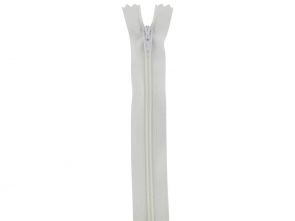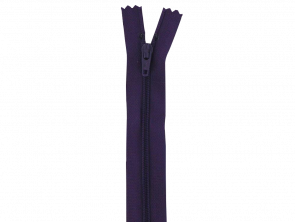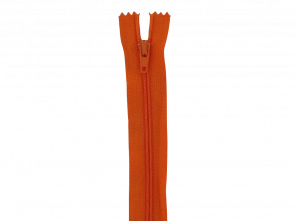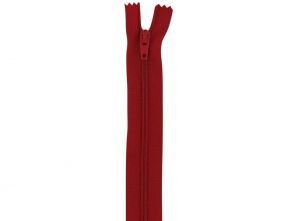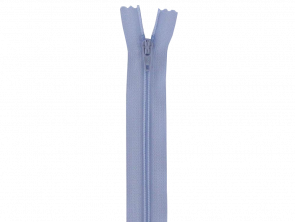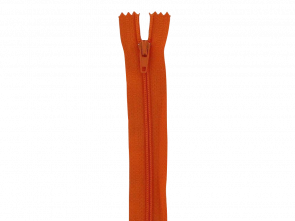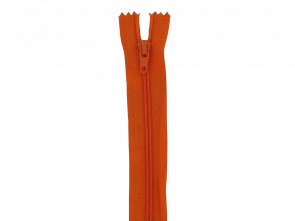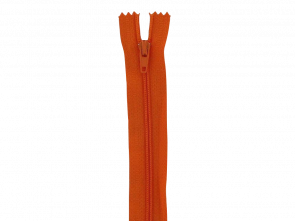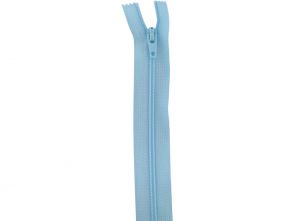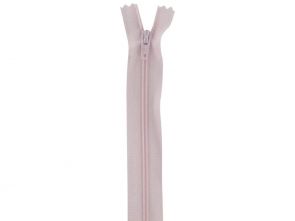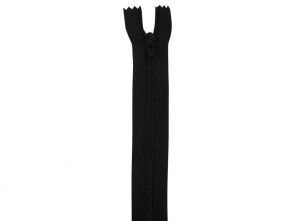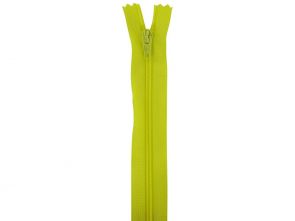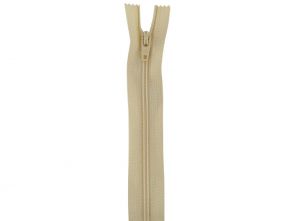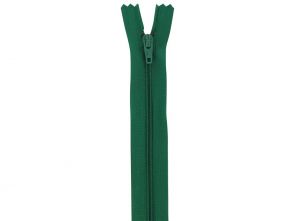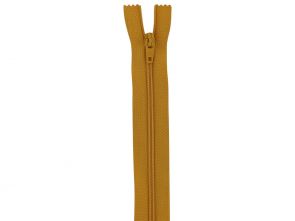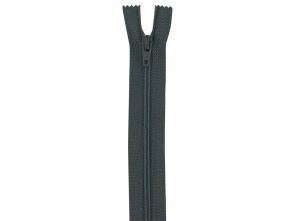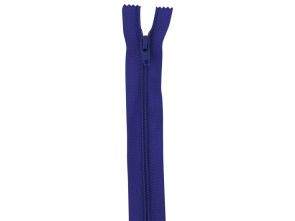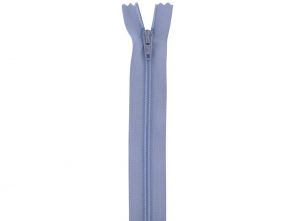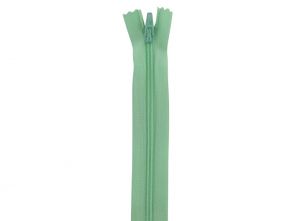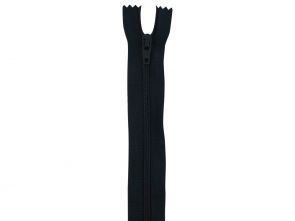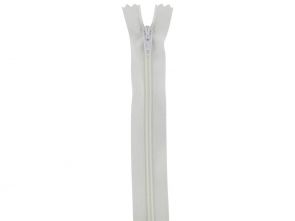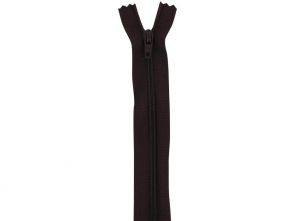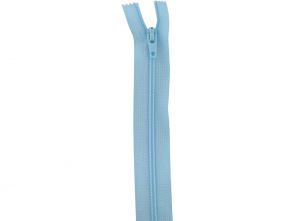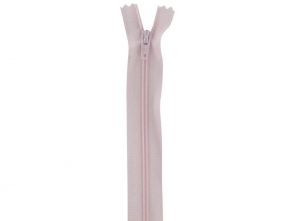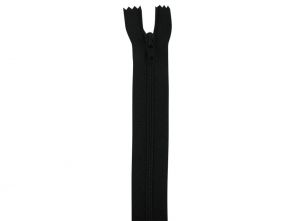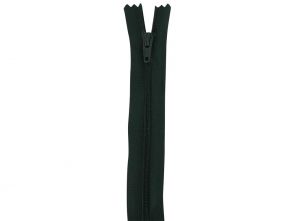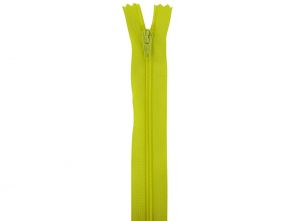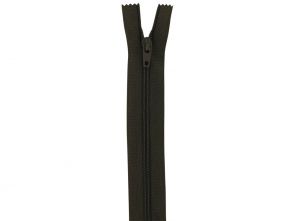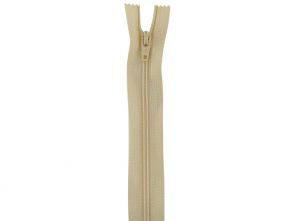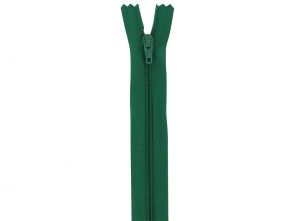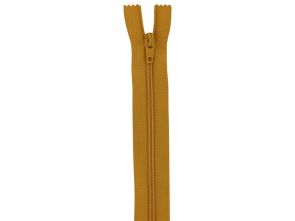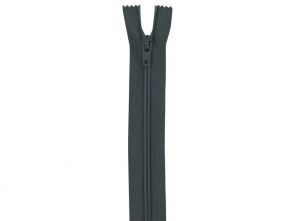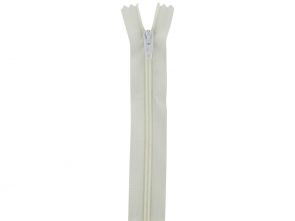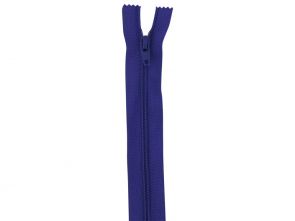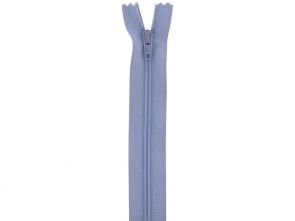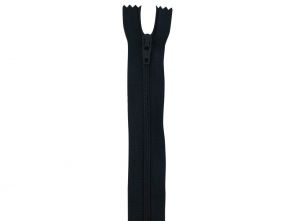Zips
What are Zips and Why are They Called Zips?
Zips, or zippers as they are also known, are fastening devices used in the textile and garment industry. They consist of two flexible strips of fabric, each fitted with metal or plastic teeth. When these strips are pulled together by a slider, the teeth interlock, creating a secure closure. The name 'zip' is actually an onomatopoeia, derived from the sound the zipper makes when it's fastened or unfastened – a "zip" sound!
How Many Different Types of Zips are There and What Makes Them Different?
There are several types of zips, each designed for specific purposes. The main types include:
- Closed-End Zips: Commonly used in jeans, pants, and skirts, these zips don’t separate at the bottom.
- Open-End Zips: Found in jackets and coats, these can completely separate at the bottom.
- Two-Way Zips: These have two sliders and are often seen in luggage and outdoor clothing.
- Invisible Zips: Used in dresses and skirts for a seamless look, as the teeth are hidden behind the fabric.
- Metal Zips: Durable and often used in jeans and heavy-duty items.
- Plastic Moulded Zips: Lightweight and used in sportswear and light garments.
- Coil Zips: Made of spiral plastic elements, these are versatile and used in various garments.
The differences are mainly in their structure, material, and the specific application they are designed for.
What Makes a High-Quality Zip?
A high-quality zip is characterized by:
- Durability: It should withstand regular use without teeth breaking or fabric tearing.
- Smooth Operation: The slider should move seamlessly without getting stuck.
- Teeth Alignment: Teeth should align perfectly for a secure closure.
- Strength of Material: Metal zips should be rust-resistant, while plastic zips should be sturdy and not brittle.
- Quality of Fabric Tape: The fabric part of the zip should be strong and well-sewn.
How Should Zips be Colour Matched with Fabrics?
Colour matching zips with fabrics is crucial for aesthetic and design integrity. Here are some tips:
- Matching Colour: Ideally, choose a zip that closely matches the main colour of the fabric for a seamless look.
- Contrasting Colours: For a bold statement, select a zip in a contrasting colour.
- Consider the Garment Style: For formal wear, a subtle, well-blended zip is preferable. For casual or fashion-forward items, experiment with contrasting colours.
- Invisible Zips: When using invisible zips, precise colour matching is less critical as the teeth won’t show.
Zips are incredibly versatile and find applications in a wide array of products, ranging from various clothing types to numerous home projects. Let's explore some of these use cases:
Clothing Types
- Outerwear: In jackets and coats, zips are essential for providing an adjustable closure that can adapt to different weather conditions.
- Trousers and Jeans: Zips are commonly used in trousers and jeans for a secure and flat closure.
- Dresses and Skirts: Especially in fitted dresses and skirts, zips allow for a snug fit while making it easy to put on and take off the garment.
- Sportswear: In sportswear, zips are used for their durability and ease of use, often seen in tracksuits and athletic jackets.
- Children's Clothing: Zips can make dressing easier for children and their parents, especially in items like jumpsuits and boots.
- Formal Wear: In gowns and suits, zips can be discreetly incorporated for functionality without compromising the elegance of the garment.
Home Projects
- Cushion Covers and Upholstery: Zips are used in cushion covers, sofa covers, and other upholstered items for easy removal and cleaning.
- Bags and Purses: In the creation of bags and purses, zips add both functionality and a design element, offering secure closure.
- Bedding: Duvet covers and pillowcases sometimes feature zips for a neat, tucked-in appearance.
- Curtains: Zipped curtains are an innovative solution for easy washing and hanging.
- Craft Projects: For homemade toys, pouches, or organizational items, zips are often incorporated for their practicality.
- Tent Making and Outdoor Gear: In DIY outdoor gear like tents or sleeping bags, zips offer a durable solution for adjustable openings.
Special Applications
- Shoes and Boots: Some footwear designs incorporate zips for ease of wearing.
- Protective Gear: In items like motorcycle jackets or safety gear, zips are used for their robustness and reliability.
- Pet Accessories: In pet clothing, zips allow for a better fit and easy application.
In each of these use cases, the type of zip selected (like metal, plastic, invisible, etc.) depends on the specific requirements of the project, such as durability, aesthetics, and ease of use. For instance, a heavy-duty metal zip would be more suitable for outdoor gear, while an invisible zip would be ideal for a formal dress. The adaptability of zips makes them an invaluable component in both the world of fashion and home crafts.

